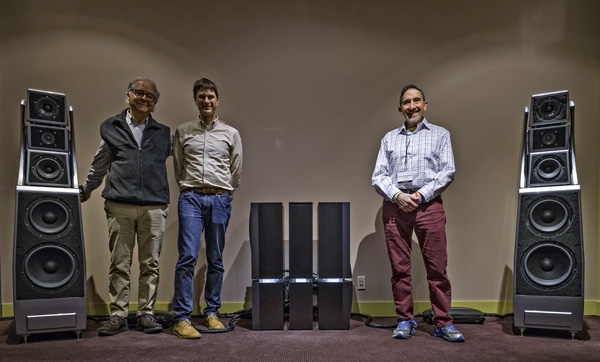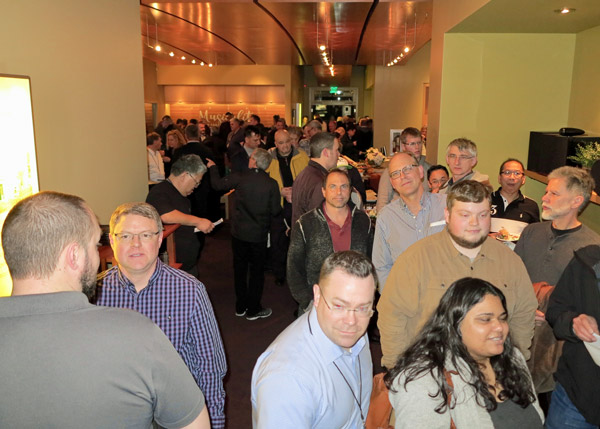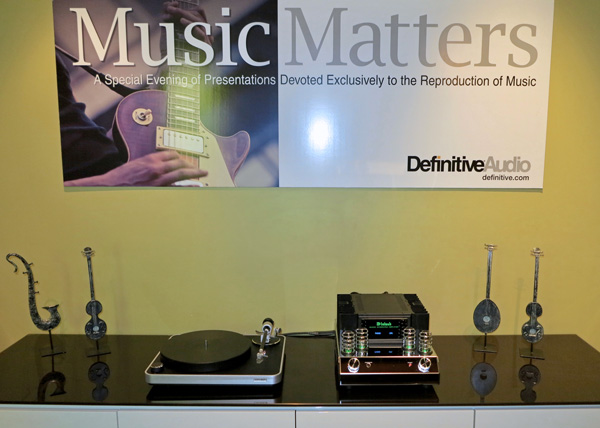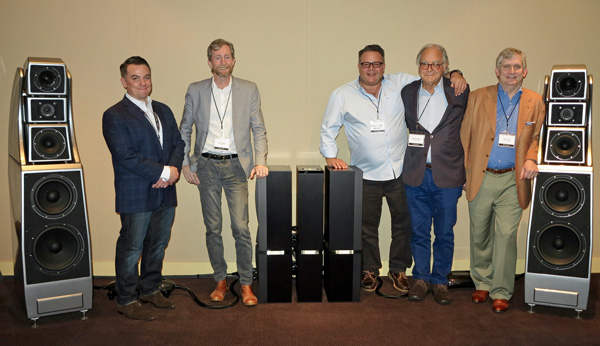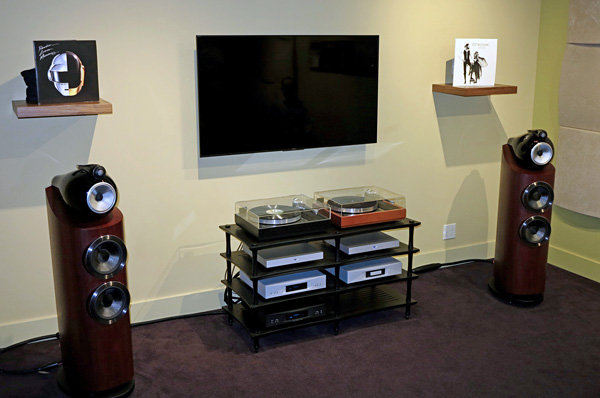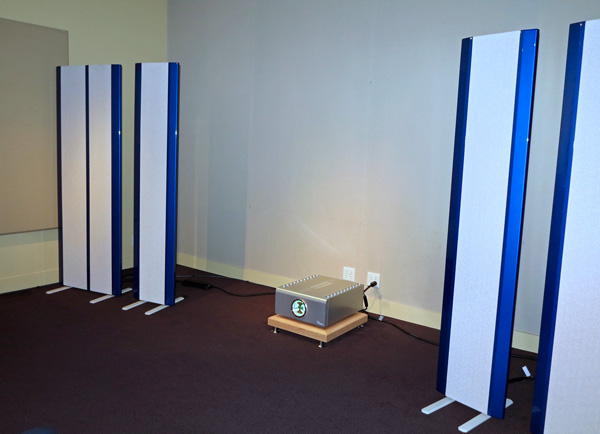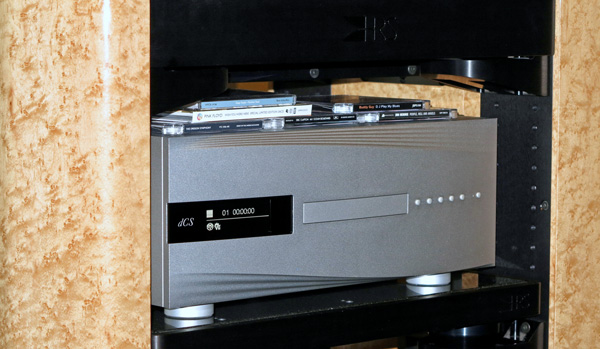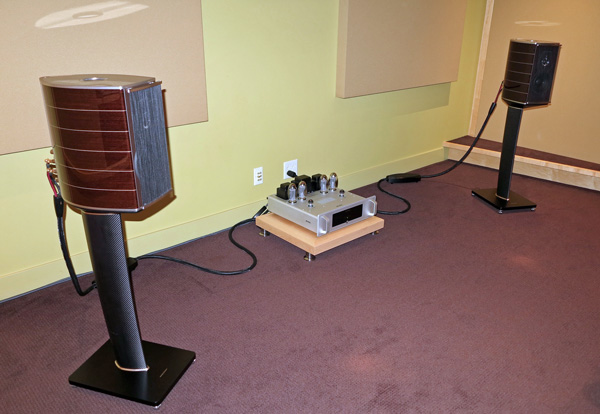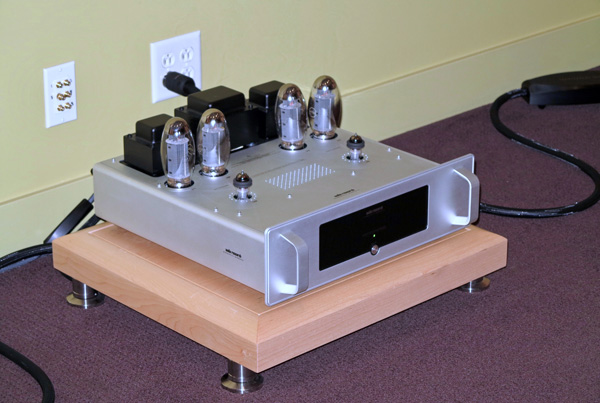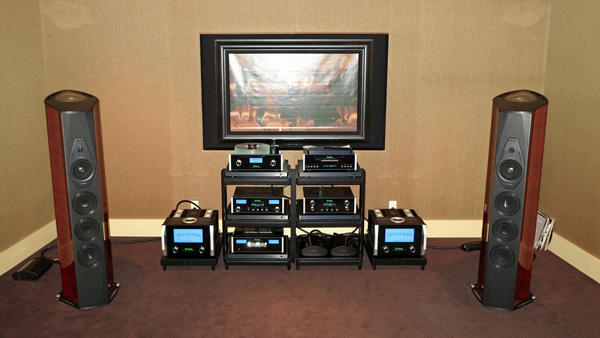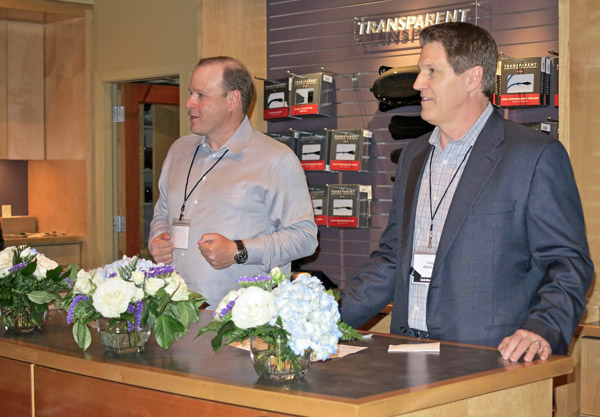| Columns Retired Columns & Blogs |
how the cabling for a system could (or for any rational person would) be the most expensive part but for the small Sonus Faber system they were (Transparent Ultra, ~$25k). That's more than the combined cost of the Audio Research phono pre, line stage, and amps (~$24k). That cabling cannot possibly contribute more to the sound, or possibly cost as much to engineer and produce, as those fine AR components. Or those lovely speakers (which ain't exactly cheap, but recently well reviewed here!).
Swap out that Transparent cable for the lowest cost like AudioQuest or Kimber or whomever (still good stuff, under $1k total) and that system will still sound great, but swap out that equipment (keeping the $25k cabling) for like some low end Pro-Ject, Cambridge, and/or NAD stuff and it'll still sound pretty not very good no matter what cables you use.
This is, I think, a big part of why a lot of peope think ultra expensive cabling is ridiculous. $50 for one analog interconnect pair? Sure, okay. $5k? get outta here.
On another note, maybe more retailers around the US can do this sort of thing and fill in the "show gap" for most of the country.
